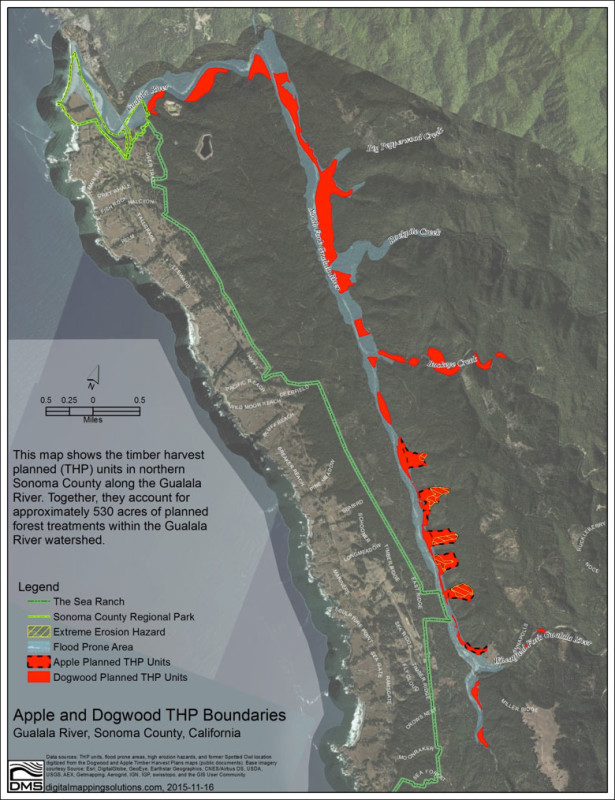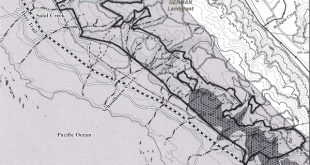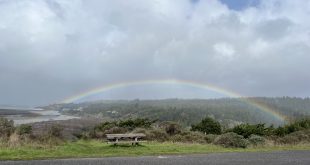We are sorry to report that Gualala Redwood Timber (GRT), has decided to resubmit the Timber Harvest Plan called “Dogwood,” located in the floodplain of the Gualala River — the one we have been protesting and fighting for two years. We knew that winning in court didn’t save the Gualala River floodplain. The judge, in essence, told GRT they had to take into account the cumulative impact of Dogwood and other logging plans along the river.
There are many omissions in the resubmitted THP. Below are some of the important issues, to help you make your comments known during the public comment period, which closes on Monday, November 27, 2017, at 5:00 p.m. Pacific Time.
Email your comments to: santarosapubliccomment@fire.ca.gov
or send your comments via U.S. Mail to:
Forest Practice
California Department of Forestry and Fire Protection
135 Ridgway Ave.
Santa Rosa, CA 95401
In the subject line of your email message, or at the top of your letter, be sure to reference:
“THP 1-15-042 SON, Dogwood”
Talking points
Please choose which ones speak to you and add whatever experiences you have had to personalize it. Put the reference THP at the top of your letter/email. Make sure to give your name and mailing address at the end.
1. Cal-Fire should follow their own Forest Practice Rules and not allow logging road/skid trails in the Gualala River’s floodplain. Dogwood is almost completely in the floodplain of the Gualala River.
2. Cumulative impact must be taken into account because of the many adjacent THPs being logged, or will be logged, in the same watershed, including German South, Plum, Elm, Rock, Hazel and others. Dogwood and these other THPs have cumulative impacts to wetlands, endangered wildlife, water quality and fish, including salmonids.
3. The Gualala River is already classified as “impaired.” Sediment is the problem. Logging in the floodplain of the river will further impair the river and undoubtedly add sediment into the river. Water quality should be studied by a qualified hydrologist.
4. In this THP Cal-Fire has granted itself exceptions to the Watercourse and Lake Protection Zones standard practices. A detailed analysis by Cal-Fire supporting these various exceptions is absent, and should be included.
5. There is no current survey of rare wetland plants, just a list of plants that “might” be present. A survey of this land needs to be done by a qualified botanist. To name just a few rare plants that are in the floodplain, Veratrum fimbriatum, Fringed Corn Lilies, are present and grow in ESHA, environmentally sensitive habitat. Lilium maritimum, Coast Lilies, which are listed as seriously endangered, also grow within the floodplain and are in this proposed THP.
6. Studies are missing or out-of-date on species of concern that live in the Gualala River or alongside the river. Bald Eagles are referred to as “rare winter migrants.” However, in the past two years Bald Eagle sightings at the Gualala River have become common and year-round. Western Pond Turtles are referred to as “may be found within the plan area.” We know for a fact Western Pond Turtles reside in the Gualala River year-round. We know for a fact that California Red-legged Frogs live in and alongside the Gualala River directly in the floodplain. They are a federally listed threatened species of the United States, and are protected by law. Foothill Yellow-legged Frogs, a candidate for listing as a Threatened Species, live in and alongside the Gualala River directly in the floodplain.
7. The Dogwood THP states, “there are no known Osprey nest locations within the THP or within the buffers.” Ospreys have been known to nest east of the Gualala Bridge, definitely within in this THP.
8. The Dogwood THP states only Ospreys and Great Blue Herons are known to occur regularly, omitting Great Egrets which are year-round residents. Cooper’s Hawks nest in the Gualala area and may have nests in the floodplain. The survey of Cooper’s Hawks is three years out of date and should be redone.
9. Gualala Redwoods Timber is allowed in this THP to remove 25,000 gallons of water a day, 300 gallons per minute, during the summer and autumn months. With the town of Gualala on a water moratorium, with no new water hook-ups allowed, taking of any water from the Gualala River should be prohibited. Gualala Redwood Timber should be required to bring in water from another source to water down their logging roads.
10. The Gualala River provides recreation such as swimming, kayaking, bird watching, and catch-and-release fishing of steelhead. The river needs to be protected for the economic well-being of our community as we continue to transition to eco-tourism.
For additional information, see:
Maps of Logging Plans on the Lower Gualala River
Redwood logging in the Gualala River floodplain

 Friends of Gualala River Protecting the Gualala River watershed and the species living within it
Friends of Gualala River Protecting the Gualala River watershed and the species living within it


